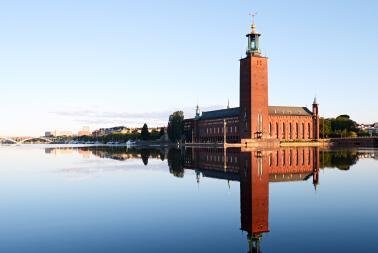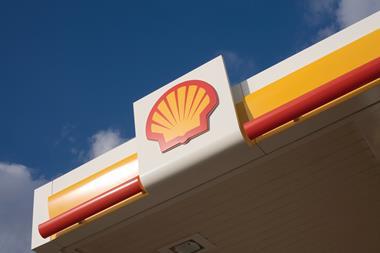EUROPE – Returns at Finnish state pension fund VER slipped to 3% in the first three months of the year compared with the 5.4% reported for the same period last year, with fixed income investments returning just 0.2%.
The market value of investments rose to €15.8bn by the end of March, from €15.4bn at the end of 2012.
Timo Löyttyniemi, managing director, said: “VER’s investment return at the beginning of the year was based on a strong upturn in the equity market.”
Investment markets had developed well in the first part of the year, he said.
“The solution to the Cyprus crisis was a success, as the crisis did not spread to other countries,” Löyttyniemi said.
VER’s proportion of fixed income investments slipped to 52.6% of its overall portfolio from 54.6% at the end of December, while equities increased to 40.3% from 38.4%.
Fixed income investments returned 0.2% in the first quarter, compared with 8.8% for the whole of 2012.
“Fixed income returns ended up slightly positive regardless of the increase in interests in the beginning of the year,” VER said.
Nearly all interest asset categories showed evidence of this moderate development in returns, it said.
Equities, meanwhile, returned 7.4%, compared with 16.8% for the whole of 2013.
VER said the estimated pension contribution return for the first quarter was €387m, with this accumulation roughly the same as the corresponding figure from 2012.
A total of €420m of VER assets had been transferred to the state budget by the end of March, the fund said, adding that, in the course of this year, it would transfer more than it expected to reap in pension contribution returns.
Meanwhile, the life and pensions division of Nordic and Baltic financial group Nordea produced a return of just 0.9% on its traditional with-profit pensions in the first quarter and 3.4% on unit-link plans.
At €61m, first-quarter operating profit was up 36% from the same quarter last year, driven by higher volumes in market-return products, which had increased the profit contribution from these products by 48%.
But, compared with the end of December, operating profit was down 51%, because fee income related to some traditional pensions had been recognised in the fourth quarter 2012, Nordea explained in its interim report.
Gross written premiums totalled €1.9bn in the first quarter, up 13% from the quarter previous and at a record level for a single quarter.
This growth was due to seasonal effects and strong bancassurance sales of market return products, it said.
“Market return and risk products accounted for 82% of total gross written premiums, underscoring the success in the continuous shift of the product portfolio towards products with lower or no guarantees,” Nordea said.
Financial buffers in the traditional portfolios rose €300m in the first quarter to €2.3bn, up 1.5% from the end of the fourth quarter, mainly because of strong investment returns and higher market interest rates, it said.
In other Nordic news, Sweden’s Alecta reported a total portfolio return of 2.6% in the first quarter, compared with the 4.4% produced in the same period the year before.
The solvency ratio rose to 153% at the end of March from 144% at the end of December and 138% at the end of March 2012.
Chief executive Staffan Grefbäck said: “Alecta has had a great start to 2013, with good returns, continued low costs and strengthened financial position.”
The return on defined contribution savings product Alecta Optimal Pension was 4.8% in the first quarter – above Morningstar’s benchmark for balanced funds over the same period.
Grefbäck said the company was pleased to have been re-selected as the default option in the recent ITP tender.
“Alecta Optimal Pension was judged in the tender to be the product that had the best chance of creating high pensions for low charges,” he said.
Separately, Danica Pension reported return figures for its unit-link pension products that were positive but lower than the same period last year.
Danica Balance produced returns of between 2.3% and 7.8% for customers, depending on their chosen proportion of equities and the number of years to retirement.
This compares with a range of 4.1% to 11.3% reported in the first quarter 2012.
The period had been marked by equity price rises, the Danske Bank subsidiary said.












No comments yet